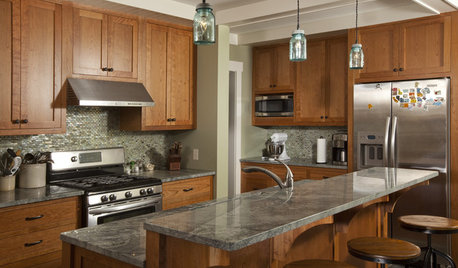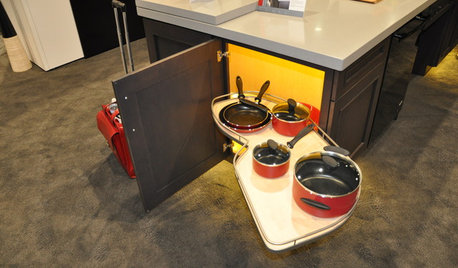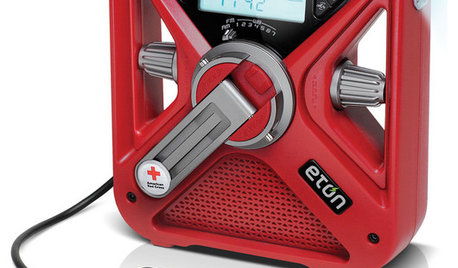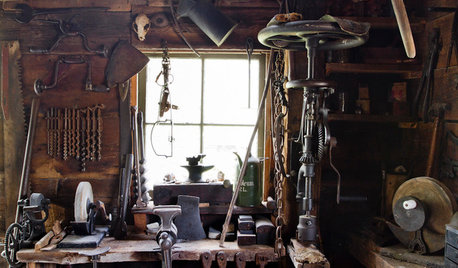Router Capacity?
bobb_2010
14 years ago
Related Stories

HOME OFFICESShare a Home Office, Keep Your Marriage
Set up a workspace that gets the job done and keeps the peace, with this advice from a homeowner who did it
Full Story
KITCHEN CABINETSCabinets 101: How to Choose Construction, Materials and Style
Do you want custom, semicustom or stock cabinets? Frameless or framed construction? We review the options
Full Story
KITCHEN CABINETSWhat to Shop for in Cabinet Hardware and Millwork
Learn about finishing touches for kitchen and bath cabinets to pick the options that will work best for you
Full Story
HOME TECH7 Ways to Charge Up and Connect After Disaster
Products and tips for communicating and keeping essential items running till the power's back on
Full Story
SMALL SPACESDownsizing Help: Storage Solutions for Small Spaces
Look under, over and inside to find places for everything you need to keep
Full Story
MATERIALSAre You a Maker? Show Us Your Favorite Tool or Material
Houzz Call: A tool or material can be a maker’s best friend. We’d like to see your favorite — and what it helps you achieve
Full Story
DECORATING GUIDESDecorating With Antiques: Chests, Dressers and Buffets
Pretty, practical and versatile, antique chests add history and character along with storage
Full Story
KIDS’ SPACESHouzz Tour: A Supersize Playhouse Among the Vineyards
An Australian couple build a pavilion for their visiting grandchildren that embraces fun, practicality and surprise
Full StoryMore Discussions








brickeyee
User
Related Professionals
Highland Village Cabinets & Cabinetry · Plymouth Cabinets & Cabinetry · Universal City Cabinets & Cabinetry · Temple Carpenters · Canton Flooring Contractors · Lathrop Flooring Contractors · Palm Springs Flooring Contractors · Plymouth Flooring Contractors · Stoneham Flooring Contractors · Fullerton Flooring Contractors · Carlisle Furniture & Accessories · Savannah Furniture & Accessories · Portage Furniture & Accessories · Carlsbad Furniture & Accessories · North Hollywood Furniture & Accessoriesbrickeyee
someone2010
sombreuil_mongrel
brickeyee